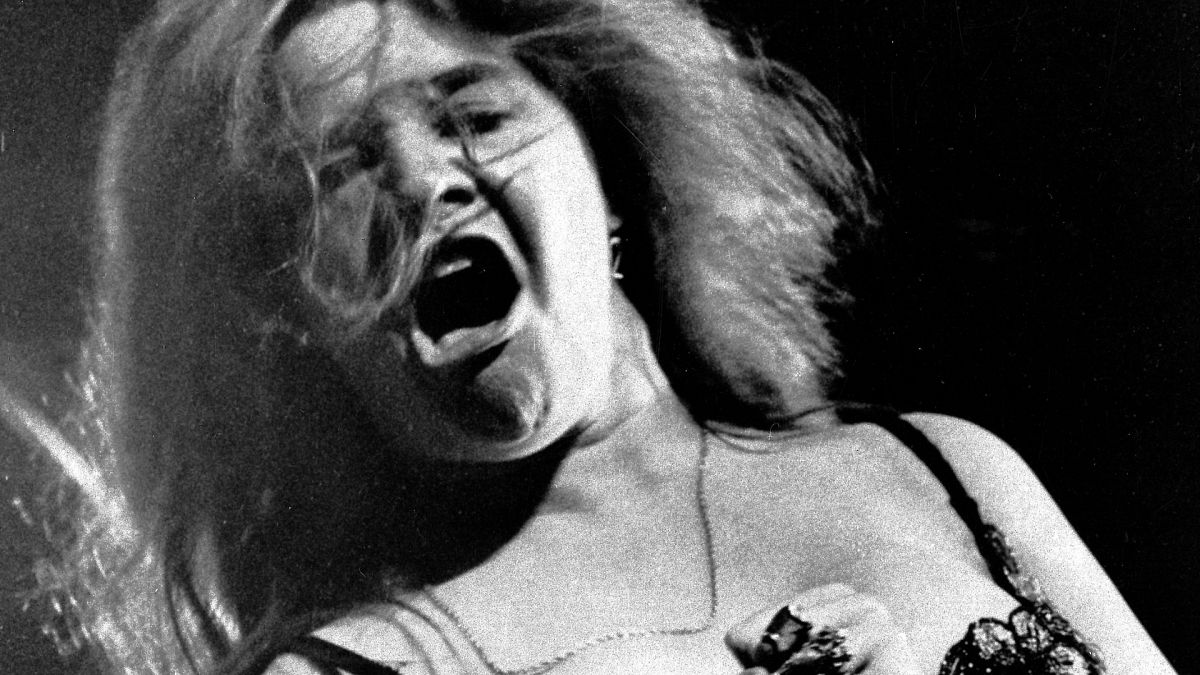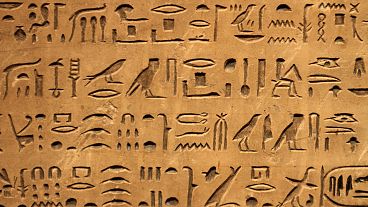4 October 1970: Singer Janis Joplin dies
Barely two weeks had passed from the sudden demise of virtuoso guitarist Jimi Hendrix when the rock music world was shocked by another tragic death.
The 27 Club, an urban myth based around the coincidental death of many musicians aged 27, wasn’t an established idea by this point. But when Janis Joplin, the powerful American rock singer died in October 1970, it was in the midst of a spate of unfortunate music deaths.
Rolling Stones drummer Brian Jones died in July 1969, Jimi Hendrix followed in September 1970, Joplin passed away today in 1970, and the Doors singer Jim Morrison would go on to die in July 1971 – all aged 27.
Others line the informal 27 Club list before and after, but it’s this stretch of deaths that define the crux of the urban myth. While an intriguing part of rock trivia, on the anniversary of Joplin’s death it’s worth looking into what made her such an essential part of her era’s music to understand her high placement in the list.
Born in Texas, 1943, Joplin gained an interest in blues music. After finishing school in 1963, Joplin went to San Francisco to immerse herself in the burgeoning music scene. There, she first started recording music. It was also where she was first introduced to drugs – an addiction that would plague the rest of her life.
After a break from drugs in Texas, Joplin returned to San Francisco and joined Big Brother & The Holding Company, the band through which she recorded two of her four albums. The band’s first album wasn’t a hit, but the second ‘Cheap Thrills’ released in 1968 but Joplin on the map.
Through the #1 selling album, the world was introduced to Joplin’s trademark horse rock vocals. Joplin left the band to release a solo album, 1969’s ‘I Got Dem Ol' Kozmic Blues Again Mama!’ and perform at the legendary Woodstock Festival that year (on a billing that included Hendrix).
That first solo album wasn’t as beloved as ‘Cheap Thrills’ but her second would seal the reputation she deserved. ‘Pearl’, released in 1971 was another huge hit. Sadly, Joplin wasn’t there to see it. She overdosed on heroin on 4 October 1970.
It stands as a tragic and early end for one of rock’s first significant female figures. Joplin’s career was always marred in her lifetime by sexist music press obsessed with her personal relationships with men and women. Yet her greater legacy is that of an outstandingly powerful voice matched with a stage magnetism to rival any male rockstar.
She was posthumously inducted into the Rock and Roll Hall of Fame in 1995.



